In many countries, resources that are easily accessible in first-world nations are much harder to obtain elsewhere around the world. While food, water, and shelter are all important, unavailable or inadequate medical care is a big killer, too. Many do not receive sufficient care to survive the brutalities of life. Yet one man with a plan may change those lives forever.
Anguish in Africa
Welcome to the country of Rwanda. Known to be “The Land of a Thousand Hills”, Rwanda is a bright and beautiful nation full of culture, nestled in the heart of the African tropics. For years, despite its stunning landscapes, Rwanda has faced a devastating depression remaining from the Rwandan Genocide of 1994. This genocide was a mass killing carried out by ethnic members of the Hutu population. Though it happened nearly a third of a century ago, its impact is still felt today. After the genocide, Rwanda’s healthcare system was left in ruins, with a shortage of medical professionals. The country was left to suffer; people were catching diseases left and right. Somewhere between half a million to a million people were killed in the targeted genocide, and millions more lost their lives to illnesses such as tuberculosis and other preventable diseases. Yet, out of this tragedy came something remarkable. Before the genocide, Rwanda was deeply divided by ethnic tensions. In the aftermath, however, the shared traumatic experience brought the country together. United in a shared passion of resilience, Rwanda began to rebuild, and despite its painful past, many walk forward with smiles, proving that even in the darkest of times, unity and strength can rise.
This is not just Rwanda. Many countries lack adequate healthcare, often leaving people with limited access to immediate care. In nations such as Ghana, Nigeria, Kenya, and Côte d’Ivoire, citizens continue to struggle to receive proper medical attention. With weak infrastructure and few alternatives beyond traditional methods, there are often no quick or efficient ways to transport or deliver medical supplies. As a result, the toll of illness and injury massacres the nations. A study on African epidemiology conducted in Maputo, Mozambique, analyzed the challenges that make these countries so vulnerable. According to the study, insufficient human resources, exiguous monetary funding for medicine and medical development, and ineffective governance were identified as key issues across multiple countries. Despite efforts from international allies, such as the United States, which has contributed over $100 billion to African medical aid in the past two decades, many of the systems built with this funding have not proven successful.
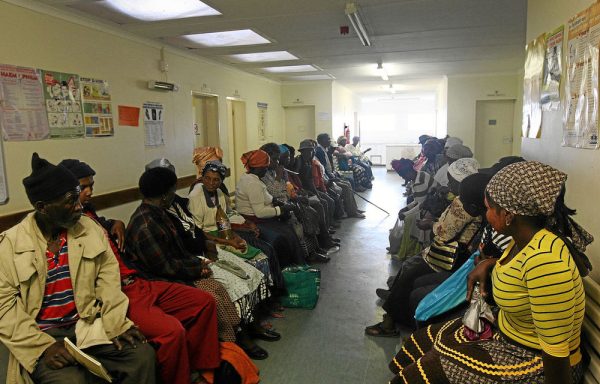
African countries often struggle to solve their healthcare crisis due to long-standing dependence on external aid. For years, many of these countries have relied on wealthier nations to invest in their missions and support their development. Monetary donations only do so much. The money given, in good intention, is not always used efficiently or effectively. According to the WHO (World Health Organization), “For every $100… on average $16 is allocated to health”, and of that, only about $10 actually goes toward aid efforts (Burton, Mair, Seelos, Sofer). In the end, less than $4 of the original $100 bestowed is effectively used to make a difference. The sheer chance of the donated funds producing a real outcome is shockingly low, less likely than flipping a coin heads four times consecutively. The failure in funding and accountability leaves many countries poor and vulnerable to preventable diseases. While countries like Rwanda or Côte d’Ivoire may be beautiful, beneath the heart of the tropical allure, those who inhabit the land suffer from neglectful leadership and mismanaged healthcare funding.
The countries weren’t getting better. Healthcare was not improving, but was almost “gagged” or silenced. Without real solutions, the people who call these lands home would continue to suffer. Yet, one company stands out from the rest. Keller, with the support of others, has the potential to make a real difference.
Who is Keller?
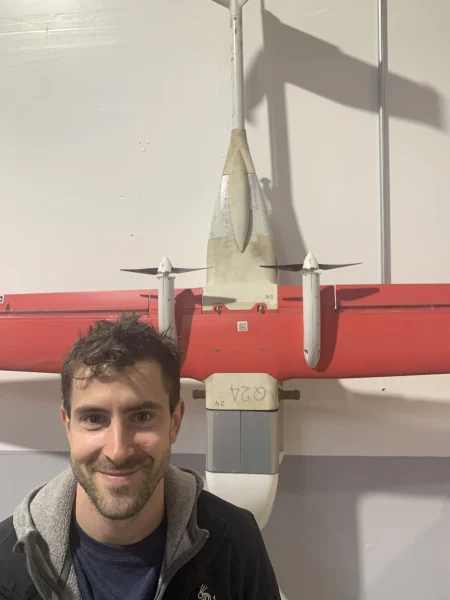
Keller Rinaudo Cliffton was born on February 2, 1987, to William (Bill) Phillips and Debra Rinaudo. Growing up, he attended Phoenix North High School, where he obtained an IB diploma and was recognized as a National Merit Scholar. From a young age, he had a passion for rock climbing. After high school, Keller traveled across the country, attending Harvard University, where he studied for four years. During his time there, he founded the Harvard climbing wall and worked on groundbreaking research, creating computers made of DNA and RNA, which he described as capable of “operating” like a doctor inside a single cell. After Harvard, he moved back to the West Coast, where he worked for the Boston Consulting Group, but he left shortly after to pursue his true passion. Living out of his van, he became a professional rock climber, traveling the world and embracing adventure. He was living life to its fullest.
In 2011, Keller Rinaudo Cliffton founded a company called Romotive. Romotive was an iPhone-powered toy that used the information from the smartphone to answer and do things remotely. Keller soon realized that as a toy company, Romotive would be competing against massive corporations and popular products that dominated the attention of their target audience. The team shifted direction, and Romotive evolved into what is now known as Zipline. ZipLine was founded over a decade ago in 2014, along with Keenan Wyrobek, Ryan Oksenhorn, and William Hetzler. Keenan specifically developed ROS, or the Robot Operating System, a framework that is used today for more than just ZipLine.
Drones Diverge
In 2016, ZipLine released a breakthrough for healthcare; however, not through a scientific discovery, but through innovative technology. After two years of development and many trials, the team developed the first drone of its kind, specifically designed for rapid medical delivery. Their system uses a combination of carefully engineered tools to pack, launch, and recover drones. The process begins with a medical center in need op supplies. For instance, if a clinic needs AB blood, a staff member would retrieve the correct blood pack from a specialized storage cabinet and pack it securely into a delivery container. The package is then brought to the drone launch area, where the Zipline team loads it into the drone’s body, inserts a battery, and attaches a wing. After a safety check, they stand behind and launch it off the angled launcher that sends it from zero to 65 MPH in a fraction of a second, the same time it takes to blink. The whole process takes a little over a minute from package to flight. After dropping off the package via parachute, it heads home, autonomously traveling back, and with very precise measurements up to a centimeter, gets accurately caught and stopped by a cable. Once it stops swinging, the drone is removed, and the process is repeated.
To help address Rwanda’s healthcare crisis, Zipline partnered with the Rwandan government and launched its first distribution center near the town of Muhanga. Two years later, in 2018, a second center for medical distribution was opened near the city of Kayonza, covering almost all of the country. With the release of their second-generation drone, they expanded deliveries to include vaccines, blood products, and more. At the turn of the century, between 2019 and 2020, ZipLine partnered with the Ghanaian government to expand its reach, establishing four distribution centers across the country to help with their medical crisis.
The year is 2020. Everything changed. COVID-19 struck the world, piercing the medical industry with a viral outbreak. Scientists rushed to create a vaccine. Across the globe, over 750 million people have contracted COVID-19. While it may seem unbelievable, more 7 million people suffered the harsh reality and lost their lives to COVID-19. Around 15% of all cases have come from the United States of America alone. Of the total global death toll, over 1.2 million- about 17%- occurred in the US due to COVID-19 complications. However, at the peak of all of this hardship, despair, and hurt, ZipLine released its “Sparrow” drone model made for urban delivery in America. With it, people could order food, groceries, and pharmaceuticals, all of which can be dropped off with little noise into their backyard. In 2021, with COVID-19’s continuous rampage, new temperature control technology allowed for the transfer of COVID-19 vaccines. In spring 2021, ZipLine was released in another country, Nigeria. In the northern parts of Nigeria, Kaduna and Cross River State, ZipLine would deliver vaccines. In 2022, ZipLine partnered with Toyota Tsusho to allow urban delivery in Japan. Since then, the milestones have continued. As of November 2023, Zipline has successfully delivered over one million vaccines worldwide.
Awareness of the Apes
Last year marked ZipLine’s 10-year anniversary and by next year, 2026, it will have been serving Rwanda’s healthcare system for a full decade. In that time, ZipLine drones have flown over 100,000,000 miles, completing 1.4 million deliveries. For over half a decade, ZipLine has been running nonstop, 24 hours a day, in countries like Rwanda. Today, ZipLine makes deliveries every minute, sending healthcare products to nearly 5000 healthcare centers and reaching close to 50 million lives in need. What started with just four guys determined to solve the lack of medical access has grown into a global force for good. Many people, and many nations, have come together to build a system that brings medicine to the hardest-to-reach places. Operation Drone activated.
If you enjoyed this article, know that it’s part of a series that brought stories from around the world throughout the year. While many stories focused on Africa, they often highlighted global unity, whether it was a U.S.-based company helping Rwanda and other nations, a Dutch company aiding West Africans, or a Kenyan startup reaching into South America, Asia, and beyond. The truth is, the world is deeply connected through shared challenges. What we can appreciate most is how people solve them. It’s easy for governments to throw money at a problem, but it takes real people who care about others more than their own image to create lasting solutions. This series has been fun to write and share. I hope it inspired you as much as it inspired me.
Remember, everyone has a story. And you have the power to create your own.
Be human.
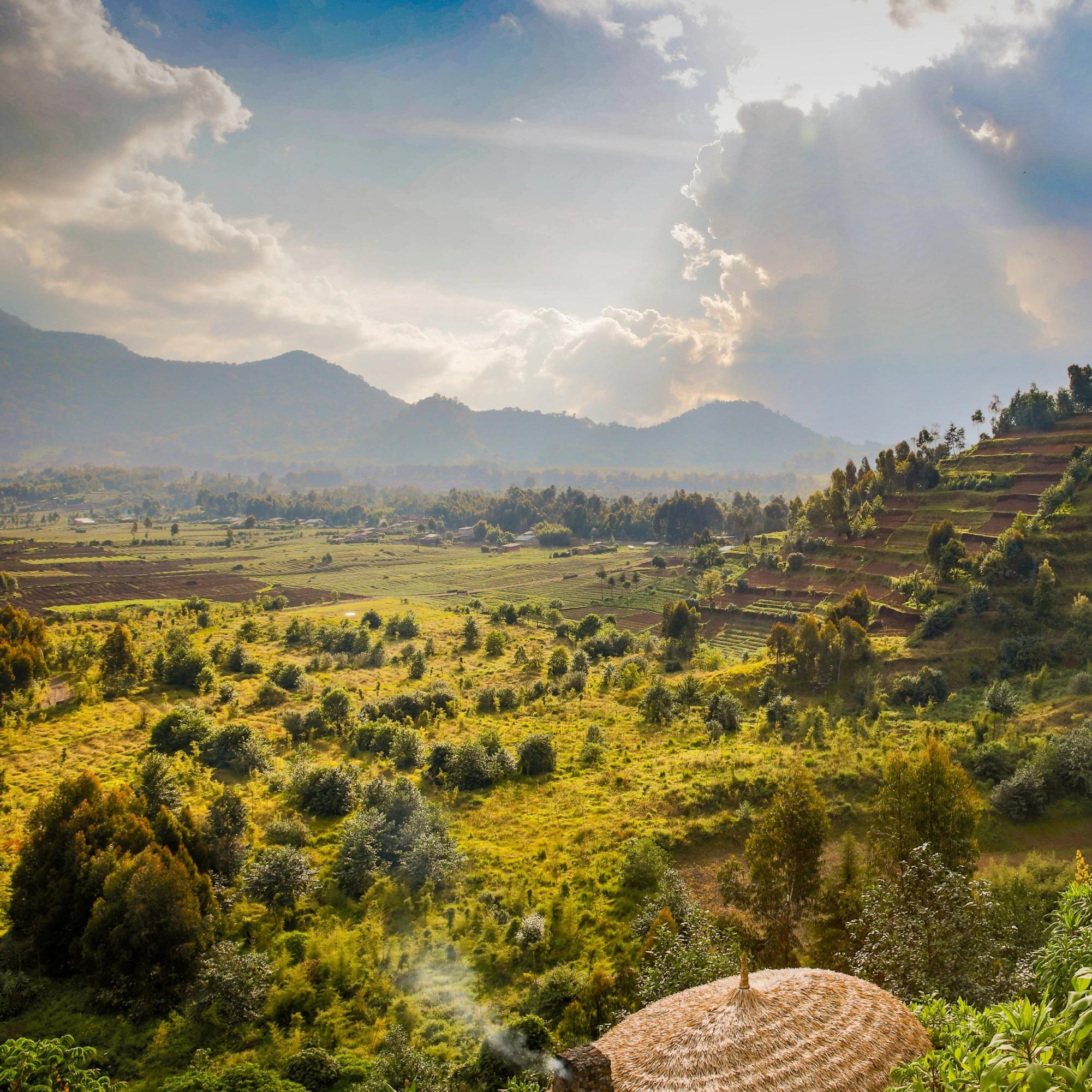
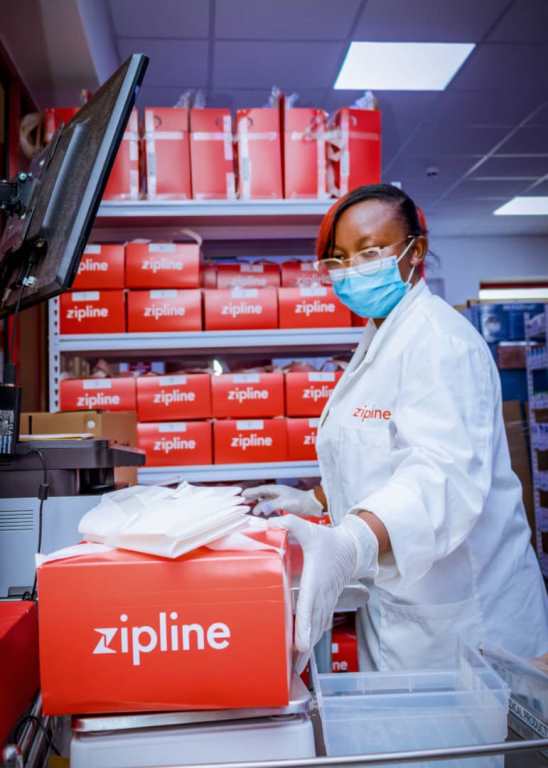
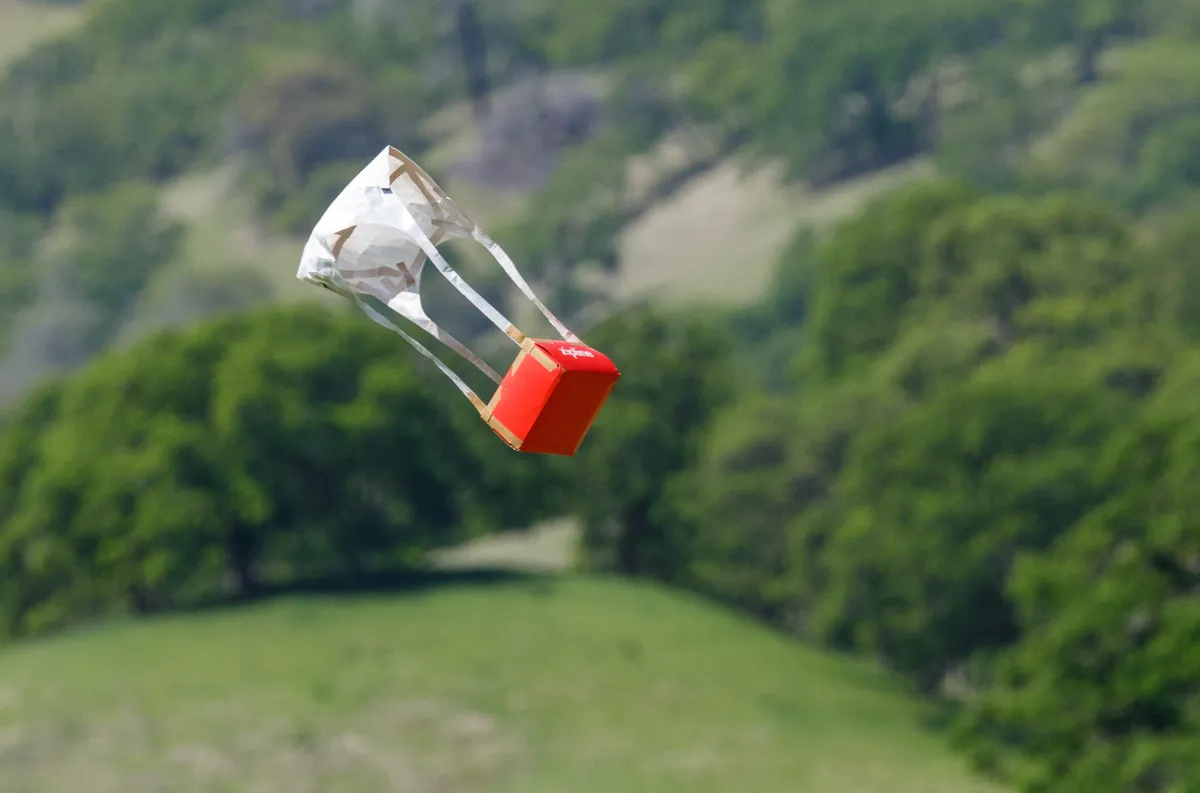
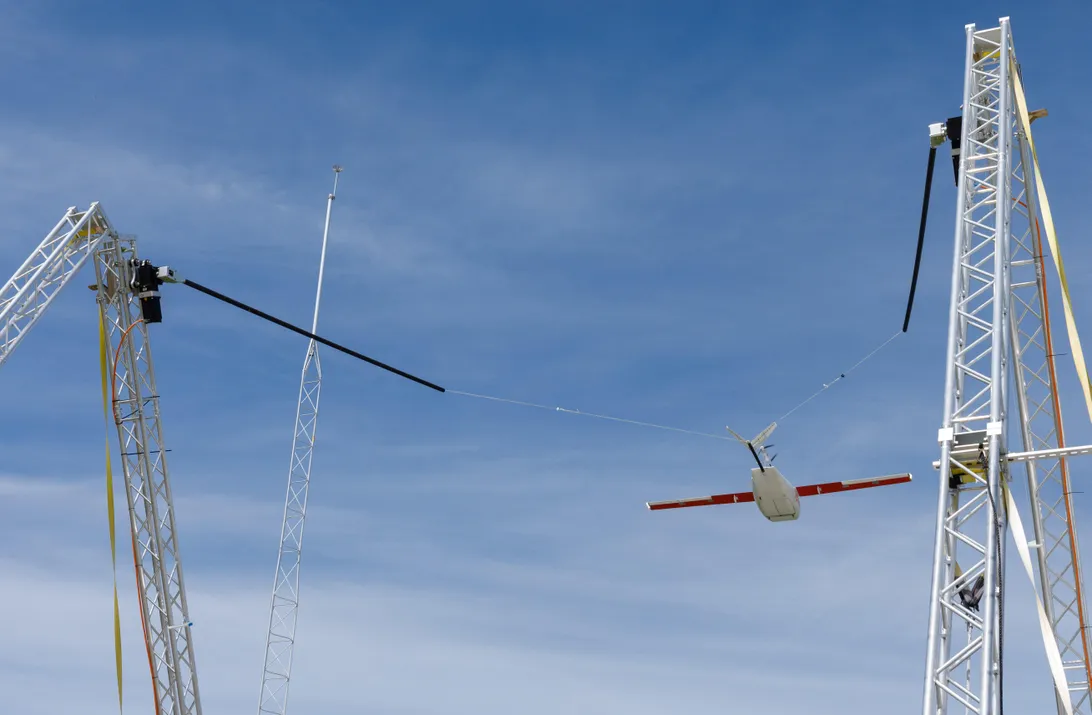
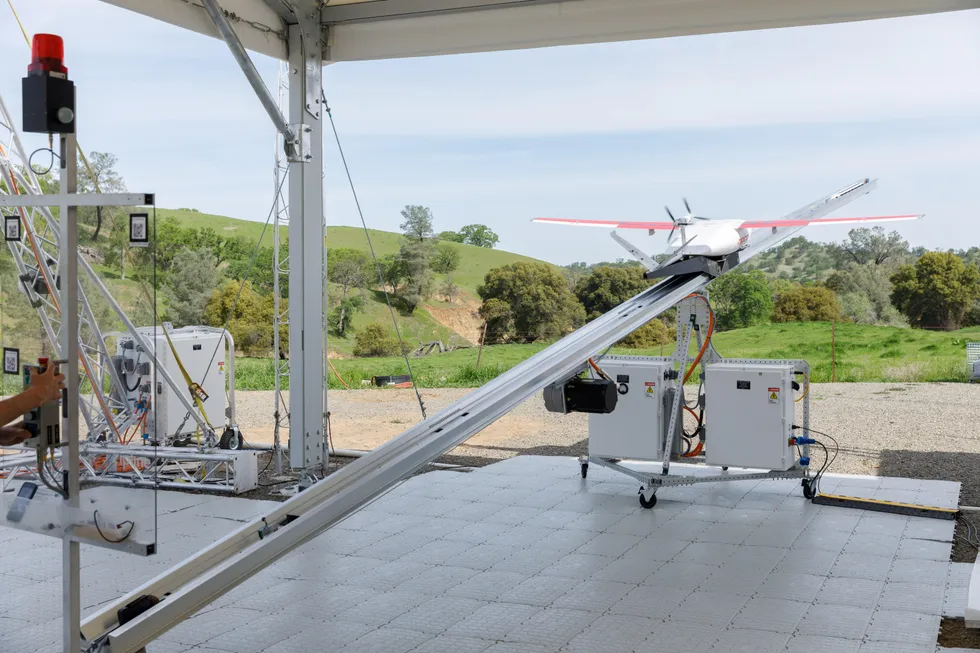
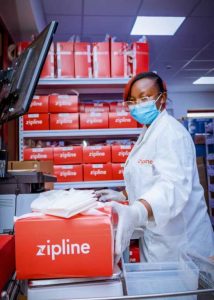
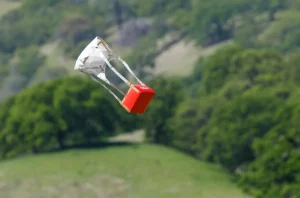
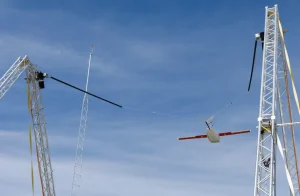
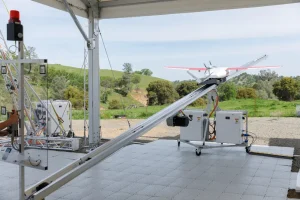


Elena Kohn • May 22, 2025 at 4:54 pm
This is a fascinating article. Good job.
Betty • May 21, 2025 at 7:05 pm
Another interesting article Jax! A great use of drones, for good.
Kim • May 21, 2025 at 5:25 pm
Well constructed. Easy to read and follow. Interesting. Jaxon, you’ve got a talent here and with the passion you appear to have in pursuing this kind of communication, you’ll be a blessing to the world. Keep it going.